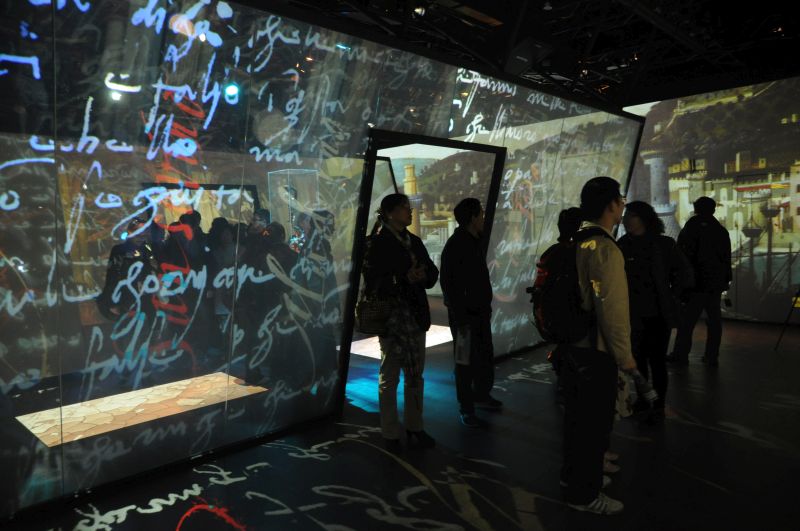Fig.
1 - Louis I. Kahn. Planimetria del De Menil Museum e intorno urbano,
Houston, Texas. Fonte: P. Cummings Loud, Louis I. Kahn. I musei,
Electa, Milano 1991.
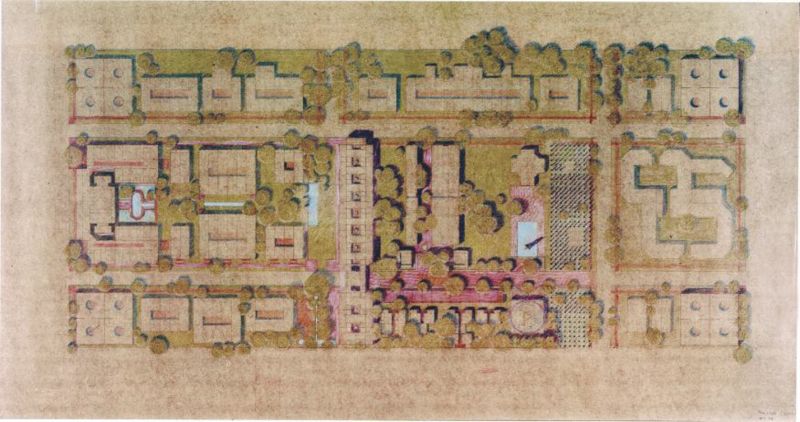
Fig.
2 - Louis I. Kahn. Yale University Art Gallery. Assonometria. Disegno di Roberta Esposito.
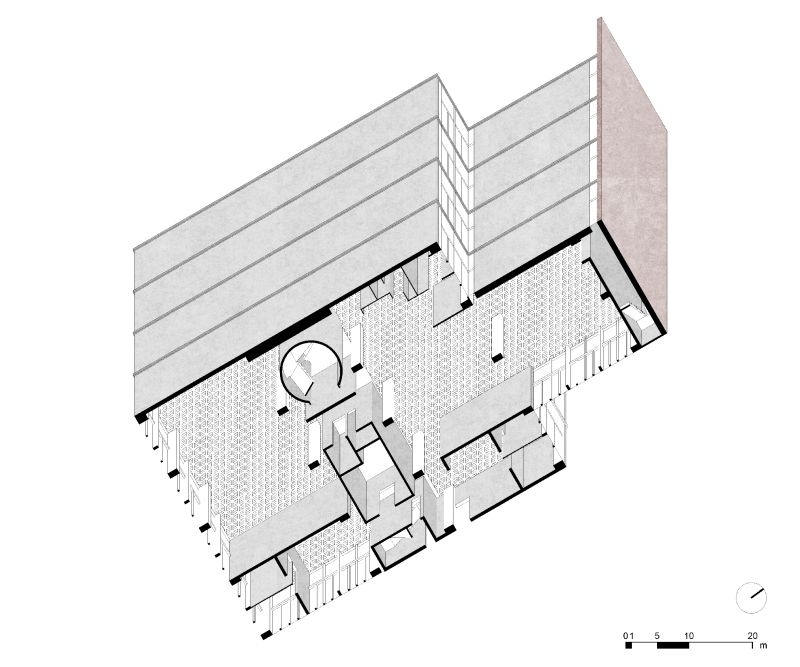
Fig.
3 - Louis I. Kahn. Yale University Art Gallery. Piante, prospetti su
York street e Chapel street, sezione. Disegno di Roberta Esposito.
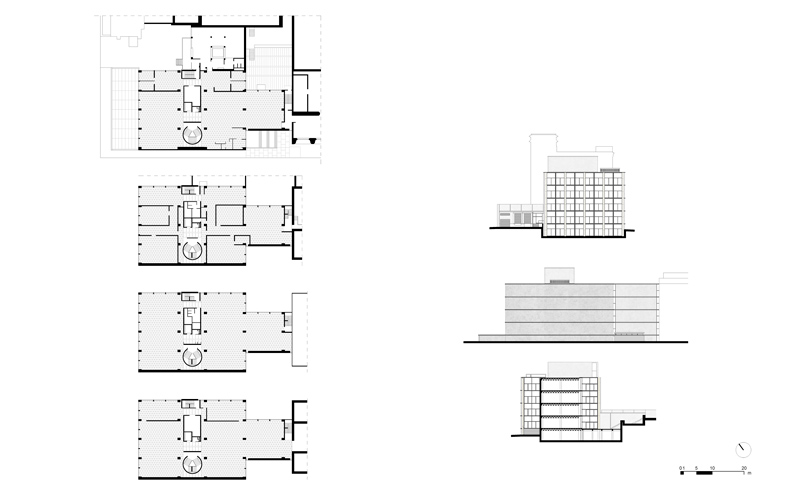
Fig.
4 - Louis I. Kahn. Kimbell Art Museum. Assonometria. Disegno di Roberta Esposito.
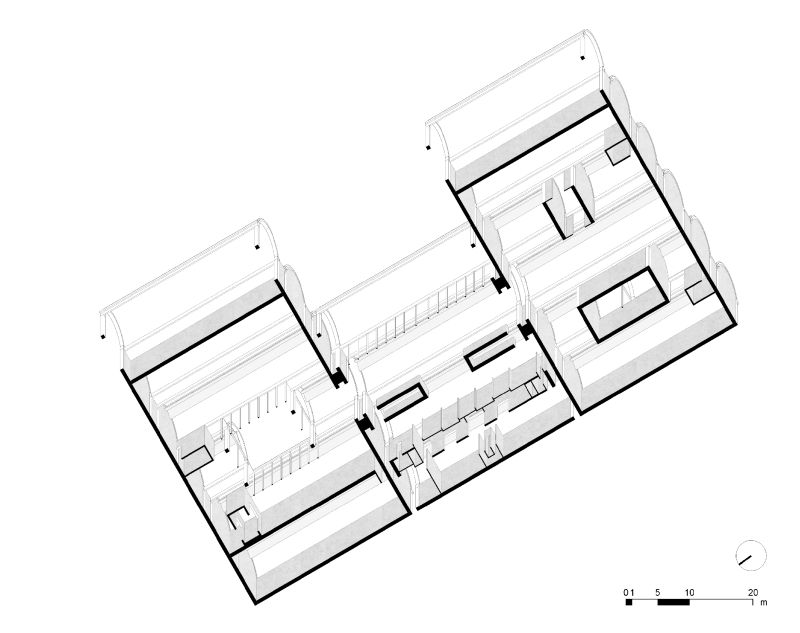
Fig.
5 - Louis I. Kahn. Kimbell Art Museum. Piante, sezione e prospetto. Disegno di Roberta Esposito.

Fig.
6 - Louis I. Kahn. Yale Center for British Art. Piante, prospetto su
Chapel street, sezione, prospetto su High street. Disegno di Roberta
Esposito.
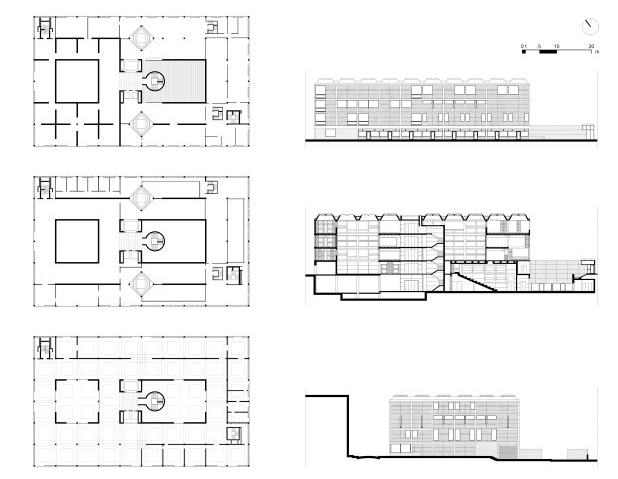
Fig.
7 - Louis I. Kahn. Yale Center for British Art. Assonometria. Disegno di Roberta Esposito.
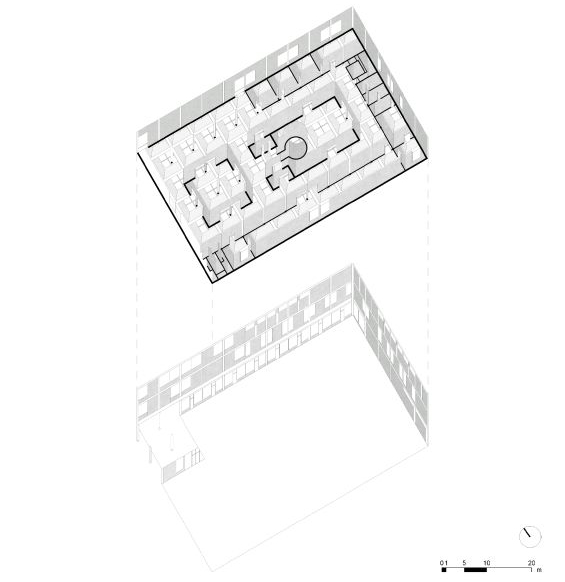
Fig.
8 - Louis I. Kahn. De Menil Museum. Pianta delle coperture. Fonte: P.
Cummings Loud, Louis I. Kahn. I musei, Electa, Milano 1991.
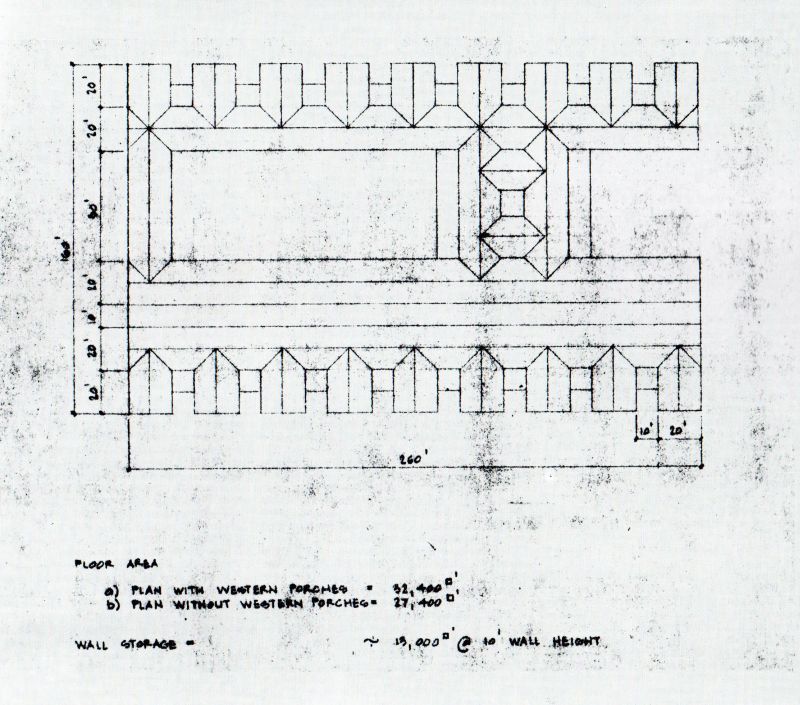
Fig.
9 - Louis I. Kahn. De Menil Museum. Prospetto. © Architectural Archives, University of Pennsylvania.
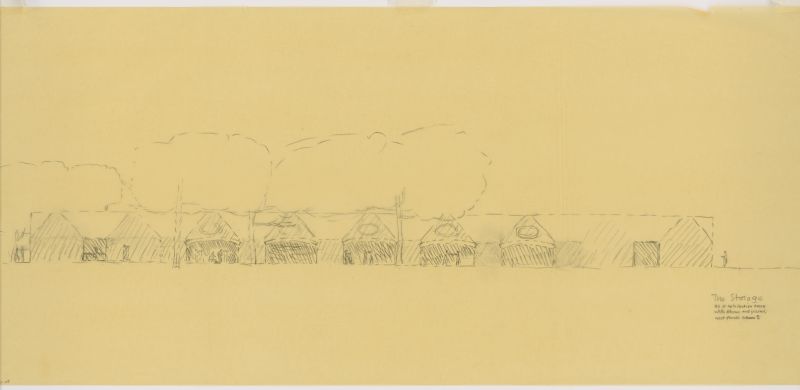
Fig.
10 - Peter Greenaway. Italy of the city, Shanghai 2010.
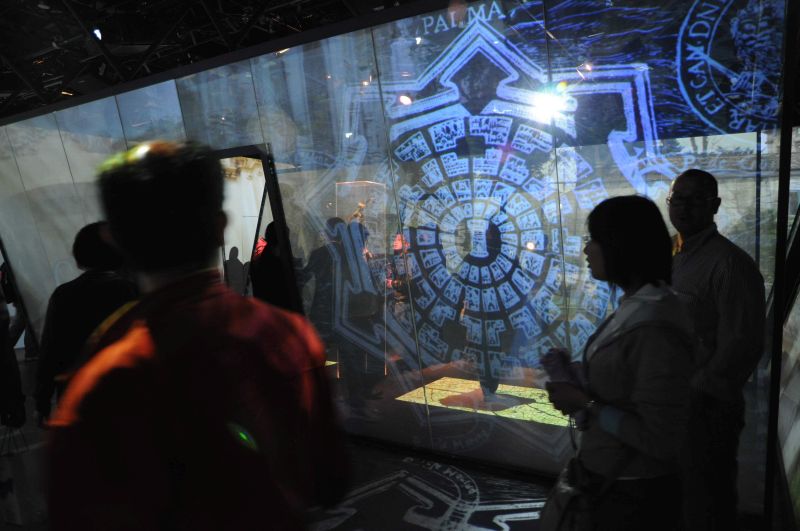
Fig.
11 - Peter Greenaway. Italy of the city, Shanghai 2010.
